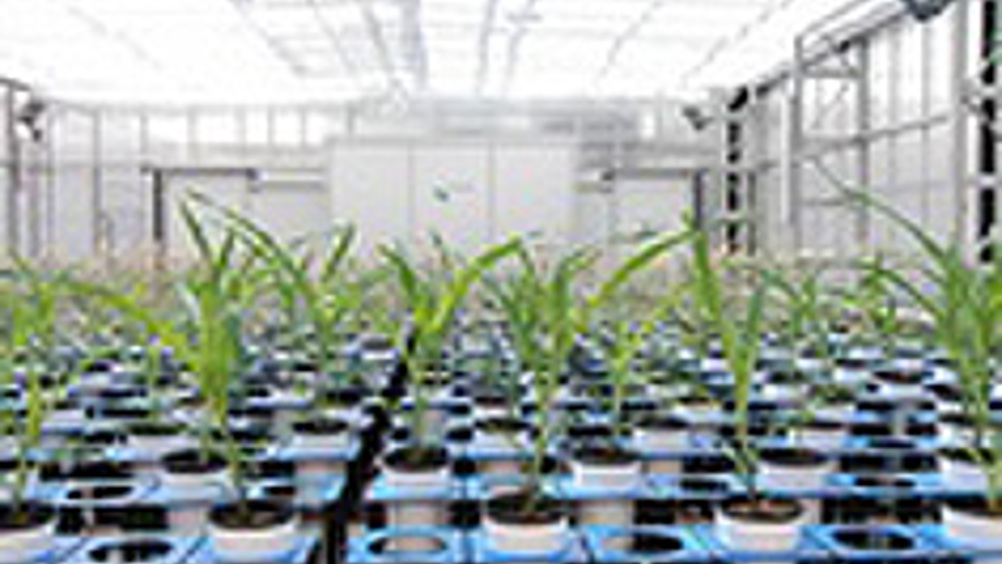Technology could predict yield of cereal plants in Australia
Australian computer scientists plan to develop technology that can accurately estimate the yield of cereal plants.

The team from Adelaide University, together with plant physiologists and an industry partner, will construct computerised 3D models using images of plants as they grow to match the plants’ changing ‘shape’ with its biological properties and predict yield.
‘We are using image analysis to understand the shape of plants so that we can automatically and rapidly measure plant structural properties and how they change over time,’ said research leader Prof Anton van den Hengel, director of the Australian Centre for Visual Technologies (ACVT).
‘We want to be able to predict yield based on a collection of measurable plant attributes early in the plant’s lifespan, rather than having to wait for the plant to mature and then measuring the yield.’
Van den Hengel said this image-based approach would enable the detailed, accurate and rapid estimation of large numbers of plants’ potential yields under various growing conditions, for example high salinity or drought.
‘By expediting the development of plant varieties capable of delivering increased yield under harsh environmental conditions, this project will help to improve Australia’s agricultural efficiency and competitiveness,’ he said. ‘It will help Australian agriculture prepare for the impact of climate change and the need to produce more food for a growing population.’
Register now to continue reading
Thanks for visiting The Engineer. You’ve now reached your monthly limit of news stories. Register for free to unlock unlimited access to all of our news coverage, as well as premium content including opinion, in-depth features and special reports.
Benefits of registering
-
In-depth insights and coverage of key emerging trends
-
Unrestricted access to special reports throughout the year
-
Daily technology news delivered straight to your inbox










Scientists boost air pollution simulation
In the interest of factual accuracy, the commonly used particle sizes of concern for monitoring air pollution are PM10 and PM2.5, which are sub 10 and...